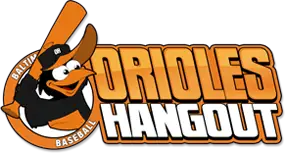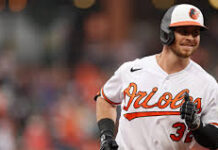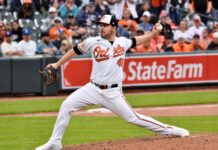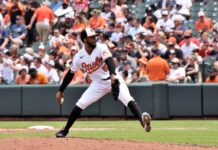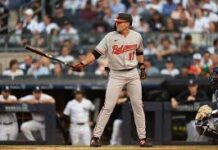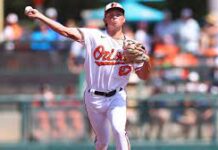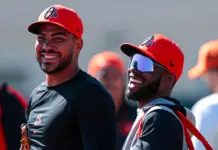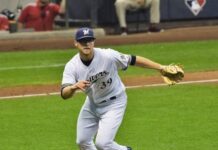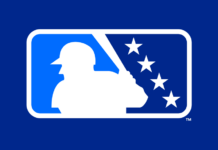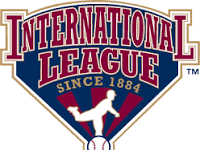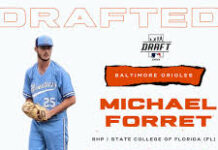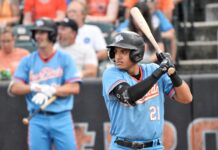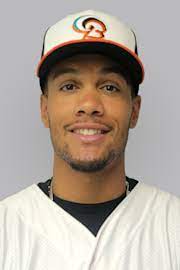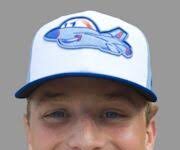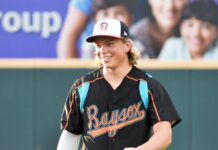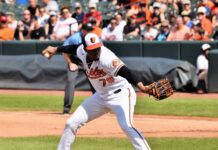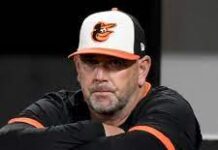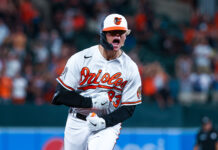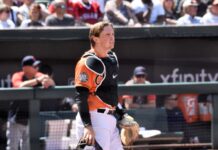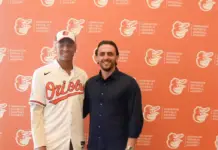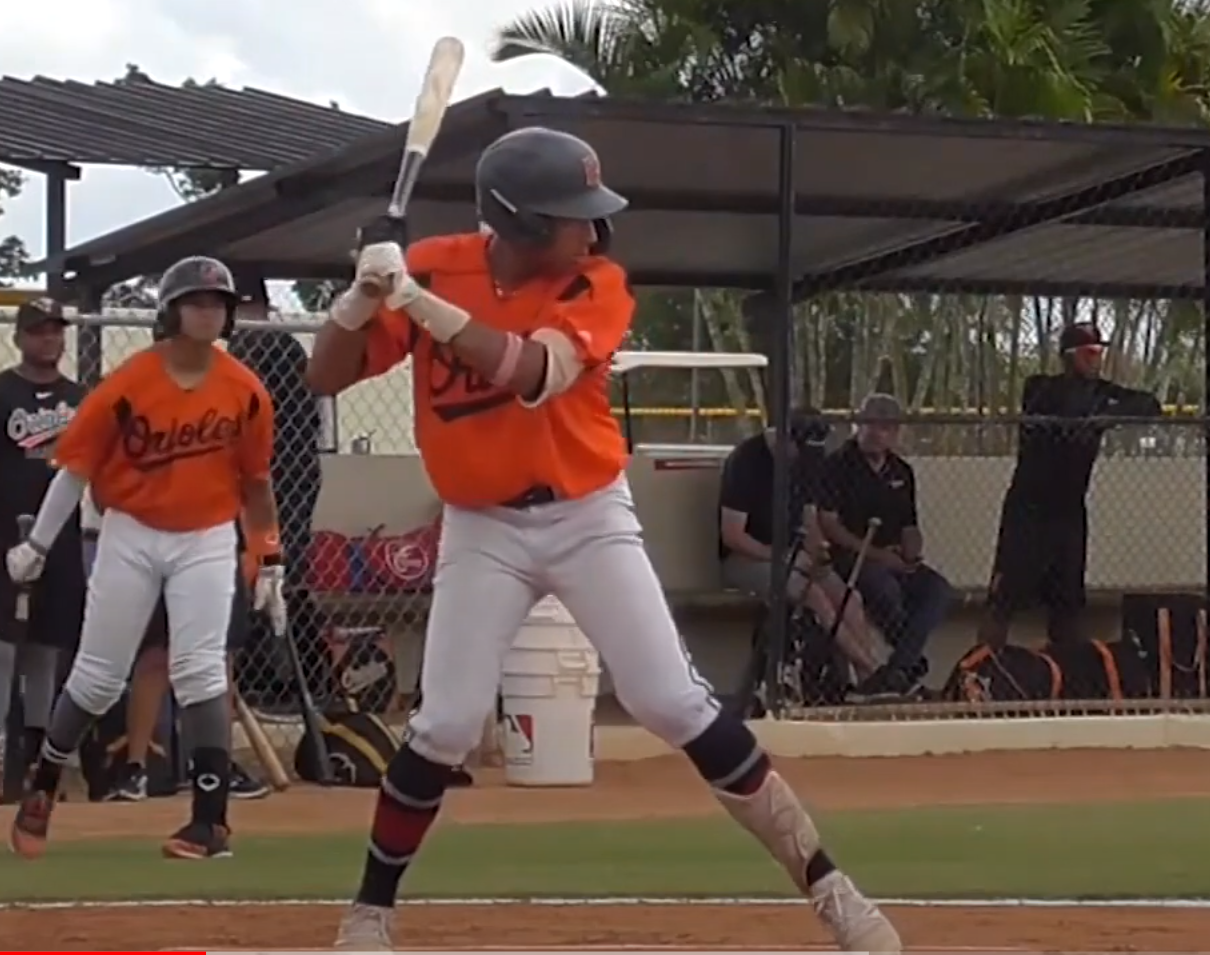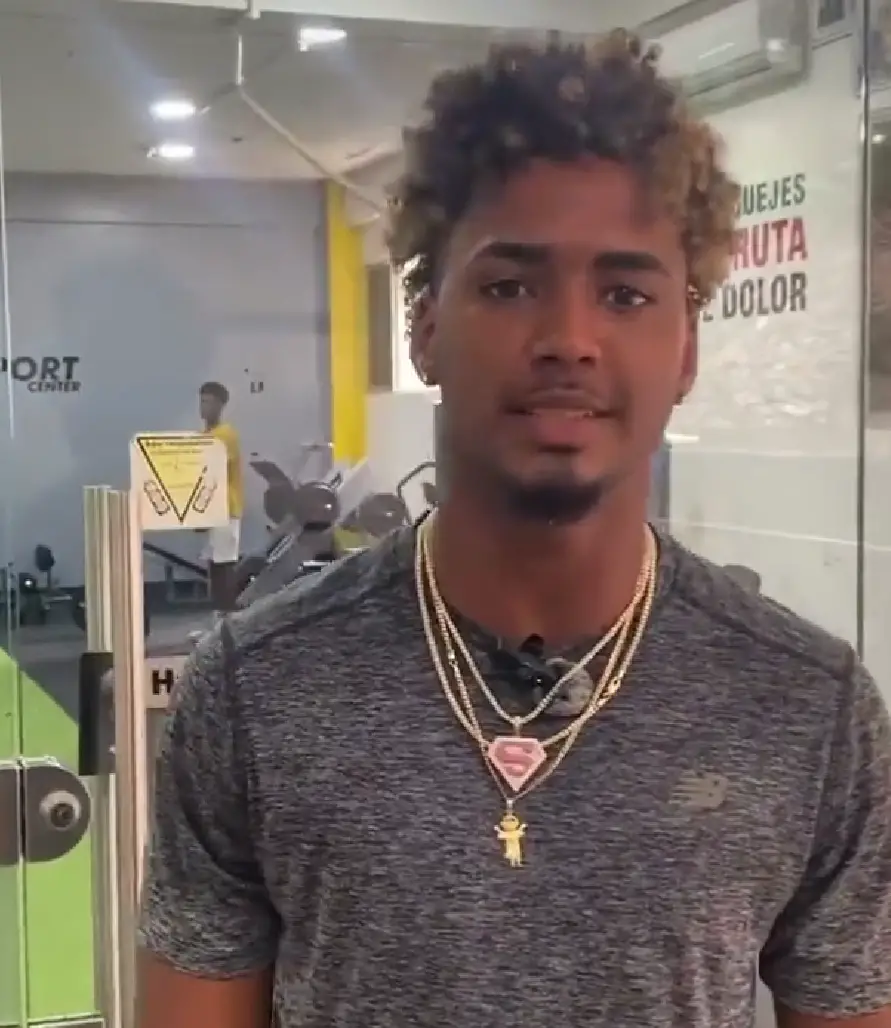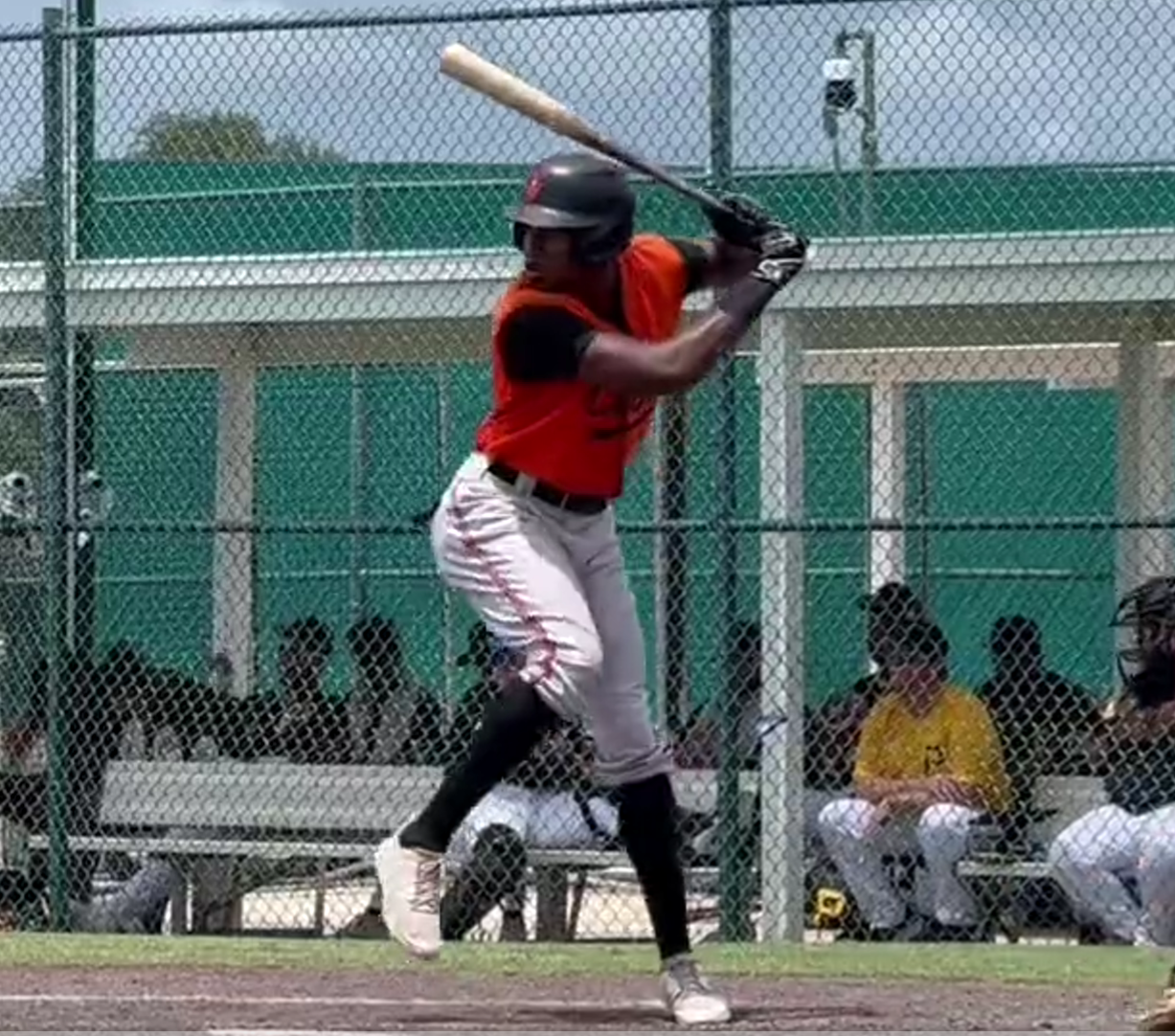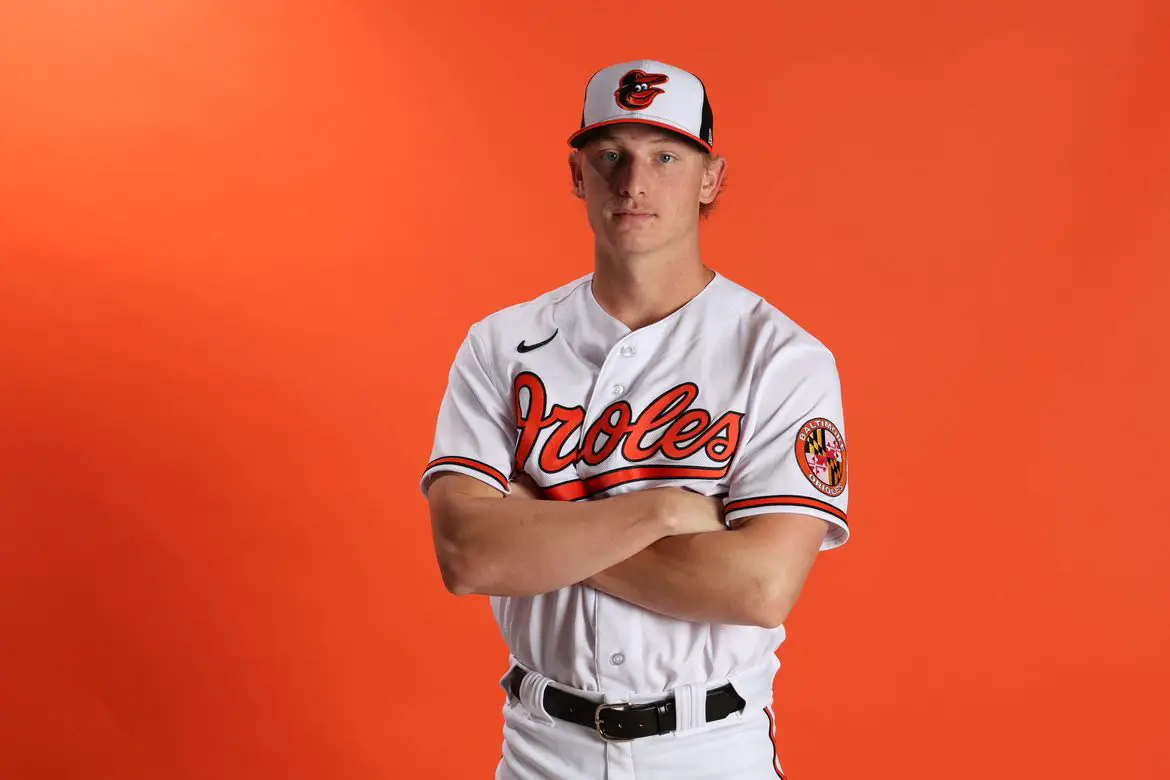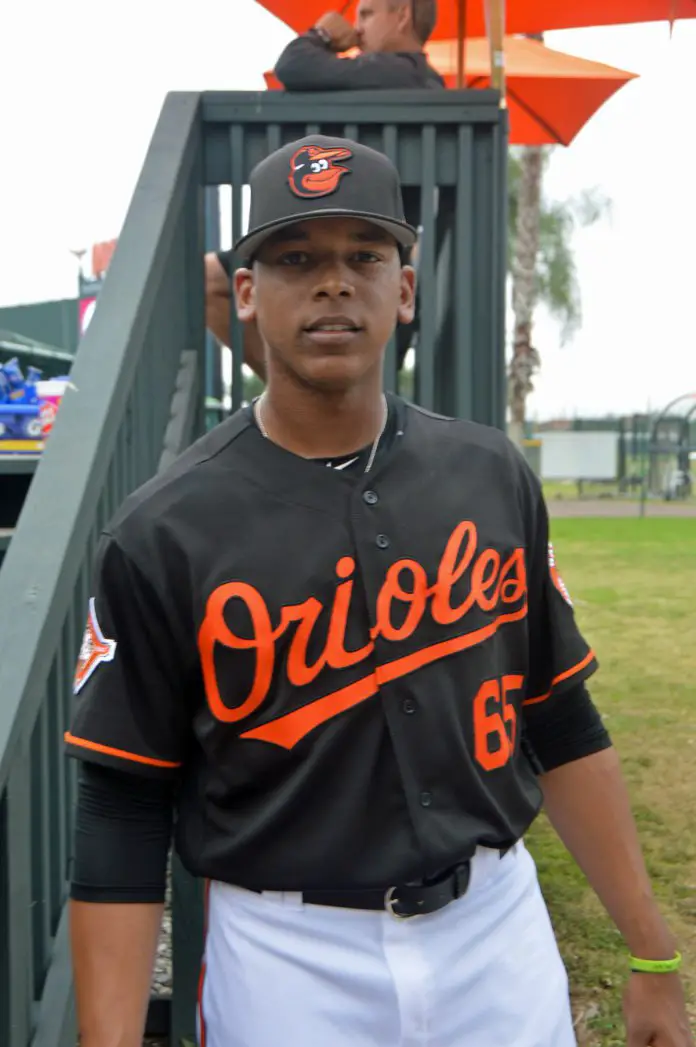Primer
To start, let me introduce myself.
My name is Luke Siler, and those of you who frequent the message board probably know me as PhillyO’s. That moniker originated when I was living in Philadelphia and didn’t have many people to talk Orioles baseball with, so I took to the internet. I’ve been doing some scouting/prospect stuff for the site for a few months now, but going forward I’ll be regularly posting scouting notes, prospect lists, draft analysis, etc. in a more official capacity. My name on the boards is now Luke-OH and I’ll still be active there. I enjoy getting feedback on my articles and don’t mind if you disagree with my assessment of a player. So, if you don’t understand or agree with my take on a player, comment or shoot me a message, I’ll be happy to further explain where I’m coming from.
One thing you all will notice is my reports/grades/lists don’t always match what you’ll see from national analysts. Quality scouting reports from analysts I trust do sway my opinion of a player some (as you will see with a couple guys on this list, I’ll link to someone else’s scouting report on a player I didn’t see much of). For the most part though, I do my scouting/ranking based on watching a ton of game video and getting in person looks whenever I can (I plan on doing more of this in 2018).
Next, a couple things to remember when reading this list.
- I want all these guys to succeed and become MLB players, but most will not.
- This is not the Hangout official list; these rankings are mine alone.
- The Tiers are more important than the numerical rankings, the Tiers are just groupings of players I’ve given the same Future Value (FV) grade (I’ll explain the Future Values later).
- Guys who I don’t have any video on or a legit scouting report from a source I trust are either left off or ranked very conservatively, for the most part this isn’t an issue, but I’ll list the players I just didn’t have enough info on below the list.
- This is a deep list, so there are some really fringy prospects on this list.
- I’m not going to list a bunch of stats, I’ll link players to their baseball reference pages, so you can look at their numbers if you so desire.
Finally, let me explain my Future Value (FV) grades.
They follow a 20-80 scouting scale and they try to capture a median outcome for a player. They fall somewhere in between a player’s floor and a player’s ceiling. Here are the median future outcomes that coincide with each FV grade. Please note that these are the outcomes, even Mike Trout wasn’t an 80 FV prospect even though he did develop into a grade 80 player (in order to have a 80 FV, you’d have to have a 80 floor and ceiling, which no one has).
20 – Shouldn’t even be in affiliated baseball
30 – Organizational player (won’t sniff the majors)
35 – Good Org player/AAA depth (might get a cup of coffee, but unlikely to have any lasting role) – Steve Clevenger or Steve Johnson
40 – Role/Bench player (these are the types of player that you can often find on the waiver wire, middle relief/bench bat/extra starter, can fill out a MLB roster, but not a big contributor) – Ryan Flaherty or Chaz Roe
45 – Fringe regular (platoon player/good utility or 4th OF/below average regular/good middle relief/ok 5th starter/7th inning reliever – Jordy Mercer or Miguel Gonzalez or Pedro Strop
50 – Regular (solid position player/good strong side of a platoon/4th starter/late inning reliever) – Matt Joyce or Mike Leake or Brad Brach
55 – Above average regular (good position player/3rd starter/good late inning reliever) – Didi Gregorius or Sonny Gray or Raisel Iglesias
60 – Plus (plus position player/2nd starter/good closer/elite late inning reliever) – Christian Yelich or Jon Lester or Kenley Jansen
70 – Plus-Plus (star position player/Ace) – Nolan Arenado or Stephen Strasburg
80 – One of the best 5-10 players in baseball – Mike Trout or Clayton Kershaw
#50-#41
Rank – Name – Position – Highest Level – Age on opening day 2018
Tier 6 – Future Value 35
#50 – Seamus Curran – 1B/DH – Short Season – 20
Huge kid, showed big raw power at 18-19 years old and he gets to some of it in game already. Pretty raw with zone judgement, pitch recognition. 1B only guy. Missed time with broken kneecap, but is still young and could start in A ball.
#49 – Ben Breazeale – C/1B/DH – Short Season – 23
2017 draft senior underslot sign draft pick, changed his swing from JR to SR year of college to tap into more power. Added high leg kick, aggressive weight transfer, and showed power to all fields in short season ball. Has a lot of work to do to stay at C, he’s decent at catch and throw, but is a very poor receiver. He was old for the level and struck out a lot for a player his age against younger competition. Patient approach though, and he does hit the ball hard on contact.
#48 – Lucas Humpal – RHP – Low A – 24
2016 draft senior underslot signing. He ate 150 innings this past season with reasonable success. He has added some velocity after being drafted. He’s ranked here based on a great live scouting report from John Calvagno and I’ll link it here. I think he gets by on being more advanced than the hitters he faces. He doesn’t miss enough bats as a starter and will see contact quality increase when he faces age appropriate competition. John thinks his FB/CU combo could play in a bullpen role though and I agree.
#47 – Mason McCoy – SS – Short Season – 23
Another 2017 draft senior underslot guy, McCoy offers a solid combination of a good chance to stick at SS and an above average hit tool. He’s never going to have average power, but he has a line drive swing that may be able to fill the gaps. Smooth hands at SS, decent range and arm. Old for the level, so take his stats with a grain of salt, but he’s made a bunch of contact throughout his college career and I think that part of his game should hold up. Utility potential, could/should be moved aggressively.
#46 – Jimmy Yacabonis – RHP – MLB – 26
He has a plus fastball that touches 97 with significant tail and sink. He has an average slider. That’s plenty of stuff to be a solid relief piece. The problem is fringe control and well below average command. I don’t think he’ll ever miss enough bats to be a late inning arm, but if he can throw strikes he could be a decent relief piece.
#45 – Jesus Liranzo – RHP – AA – 23 (pictured)
This is probably the lowest you’ll see Liranzo ranked. He has a premium fastball, touching triple digits at times. It’s hittable though, as it flattens out when he throws it hard and he doesn’t know where it’s going. His slider flashes, but is inconsistent. The problems stem from his difficulty repeating what is already a simple delivery. His delivery is mostly arm, it lags behind his body pretty severely as his front foot lands, and then it whips violently through. That makes it’s hard to project command/control improvement from him.
#44 – Chris Lee – LHP – AAA – 25
Lee had prospect buzz after the Orioles acquired him and managed to tweak his delivery and get a sizable velocity increase. He still has that plus FB from the left side. Scouts had projected improvement in his SL, CH, and command. Those things didn’t happen. The slider flashes above average but is inconsistent and he doesn’t command it well. The FB is good, but there isn’t much deception and he doesn’t miss bats. A good outcome would be a middle reliever who gets ground balls.
#43 – Ryan Meisinger – RHP – AA – 23
Fastball/Slider reliever, high ¾ release and an arm stab that keeps the ball hidden adds deception. FB 92-94, arm-side run when he is sharp. Average SL, 82-84, throws it a lot, can command it at times. He started the season looking good, he had above average command, run on the FB. As the season progressed he started falling off more and more to the 1B side due to an unbalanced landing position, this seemed to kill the movement on his fastball and negatively affected his command. He kept getting people out, but he stopped missing bats. Middle relief profile.
#42 – Cole Billingsley – LF/CF/RF – Low A (couple of games in AA) – 23
Played mostly LF due to Jake Ring in RF and Ryan McKenna in CF being better prospects. Don’t let that fool you, he has the range and arm for center. Better defender than McKenna currently, can make the spectacular play. Solid bat speed, short to the ball. Plus speed, but well below average power. Old for the level, but has the tools for 4th/5th OF if he continues to make contact against age-appropriate pitching.
#41 – Alexis Torres – 2B/SS – Rookie (couple of games in Low A) – 20
Chance to stick in the middle IF, hit better repeating the GCL. Balanced stance, quiet hands, and patient approach. The bat speed is just ok, not much looseness or leverage in the swing. Needs to get stronger.
Guys who were left off the list due to lack of info who otherwise may have made it:
All the Dominican Summer League players (Leonardo Rodriguez and Oscar Olivares are a couple of the interesting names).
Ryan Wilson – liked him from pre-draft video, undersized lefty, had good K/BB numbers in the GCL, but 33rd pick and I had no pro game video on him.
Yelin Rodriguez – probably the most notable exclusion, 2016 draft pick, big bodied lefty who pitched well in the GCL, very young, I’ve literally only found one slow motion video of him throwing what looks like a warm-up pitch, there is almost nothing on this guy.
Check out prospects #31-40 here.
And prospects #21-30 here.
And prospects #11-20 here.
If you have questions, comments, or even truly snide remarks please discuss on here.
